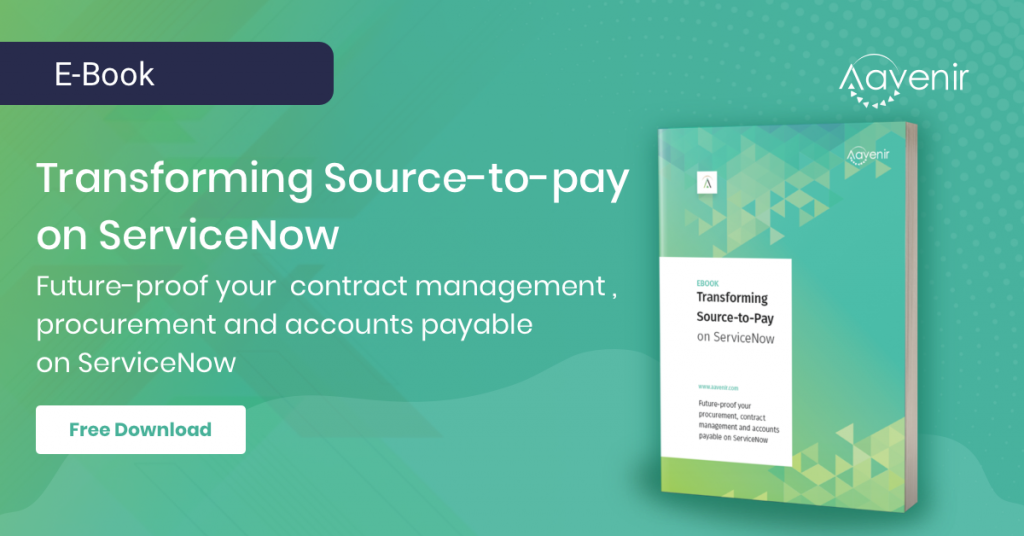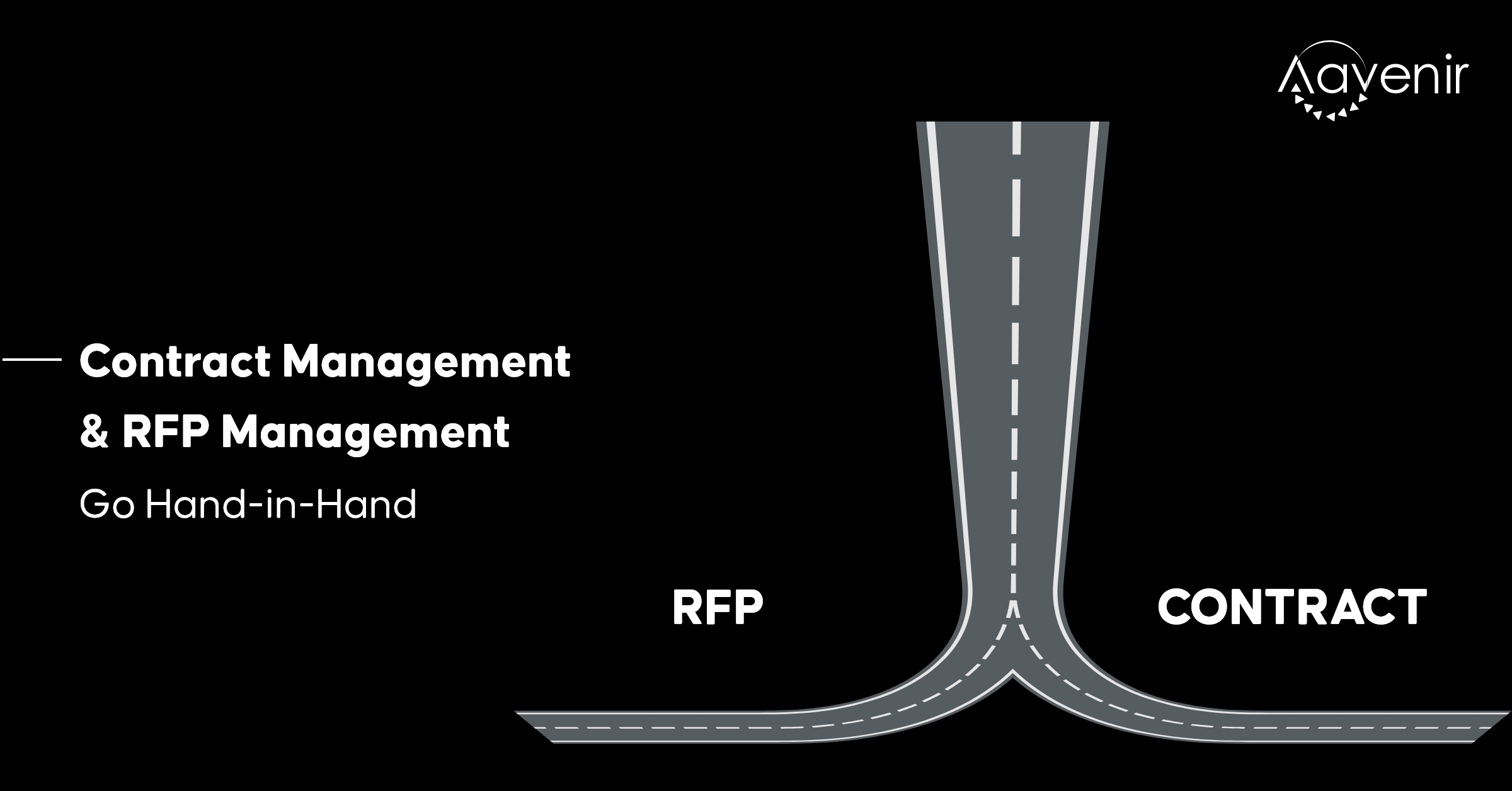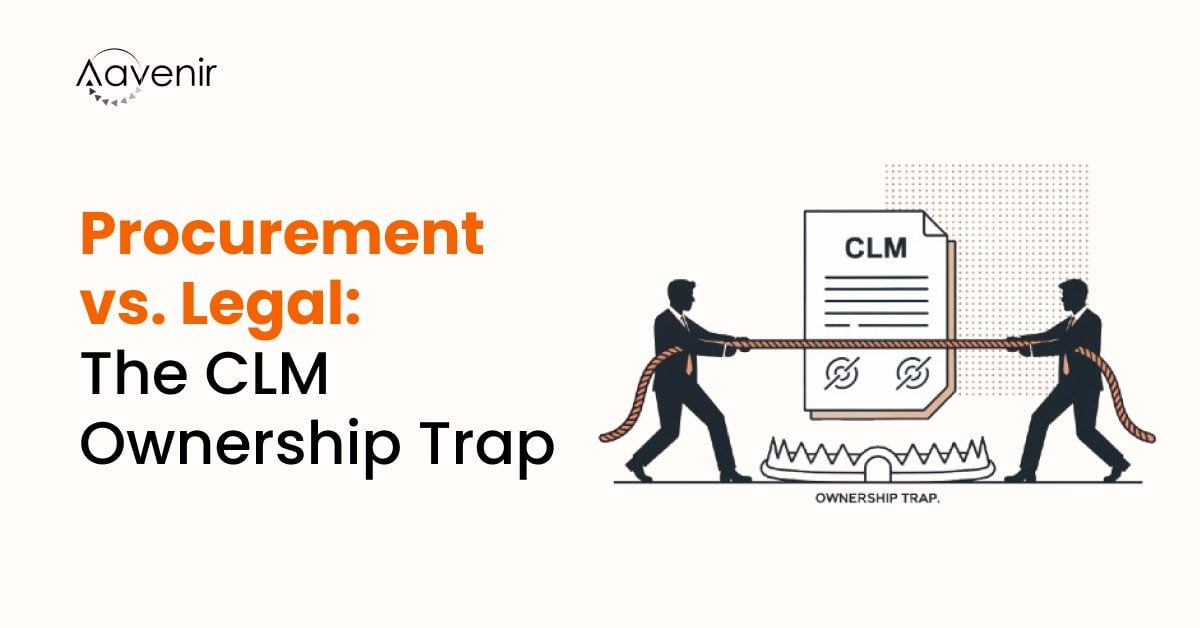In the world of business, procurement and legal functions are deeply intertwined, forming an essential partnership. While they may not directly face each other, their collaboration is crucial for driving organizational efficiency and achieving seamless operations. Let’s consider the example of RFP management and contract management, two critical components of the procurement and legal processes. However, managing these functions independently can create a sense of isolation, hindering communication and impeding progress. This approach often leads to inefficient processes, organizational silos, and unnecessary complexity, which are contrary to the principles of a lean organization.
To truly unlock the potential of your business, it is imperative to recognize the symbiotic relationship between procurement and legal and embrace the need for integration and collaboration between RFP management and contract management, bridging the gap and enhancing overall efficiency.
10 Reasons You Need Pre-Integration Between RFP Management and Contract Management
1. Streamlined Process
Aligning RFP management and contract management ensures a smooth and efficient workflow from the initial request for proposals to the final contract agreement.
By seamlessly transitioning from the RFP management system to the contract management platform, procurement teams can eliminate manual handoffs, reduce errors, and expedite the entire procurement process.
2. Accuracy and Consistency
Coordinating RFP and contract processes minimizes discrepancies, ensuring that the terms and conditions outlined in the proposal are accurately reflected in the final contract.
Integrating RFP management and contract management ensures that the pricing, deliverables, and terms outlined in the RFP are accurately reflected in the contract, minimizing discrepancies, and avoiding potential disputes.
3. Enhanced Collaboration
Integrating RFP and contract management promotes collaboration between teams involved in both processes, leading to better communication, shared goals, and improved outcomes.
Collaborative platforms that combine RFP management and contract management enable cross-functional teams to work together in real-time, fostering better communication, alignment, and collaboration throughout the procurement cycle.
A Roadmap to Vendor Management from Source-to-Contract. Read More>>
4. Mitigating Risks
Integrating RFP and contract management allows for a comprehensive assessment of potential risks, enabling proactive risk mitigation strategies throughout the procurement cycle.
By integrating risk assessment capabilities into both RFP management and contract management systems, organizations can identify potential risks early on, assess their impact, and implement appropriate risk mitigation strategies to protect their interests.
5. Time and Cost Savings
By aligning RFP and contract management, organizations can eliminate duplicate efforts, reduce administrative tasks, and optimize resource allocation, resulting in significant time and cost savings for procurement teams.
Coordinating RFP management and contract management reduces manual data entry and streamlines approval processes for legal teams.
6. Improved Vendor Relationships
When RFP management and contract management are aligned, vendors experience consistent communication, fair evaluation, and streamlined contract negotiations, leading to stronger and more collaborative relationships. It fosters better relationships with vendors, as it ensures clarity and consistency in expectations and commitments.
How do Vendor Portals help Strengthen Vendor Collaboration? Read More>>
7. Compliance and Legal Considerations
Aligning RFP and contract management helps organizations adhere to legal requirements, regulatory standards, and internal compliance policies. Pre-integration of these two ensures that all legal and compliance requirements, such as data privacy regulations or industry-specific standards, are consistently addressed throughout the procurement process.
8. Data Accuracy and Reporting
Combined RFP and contract management systems provide accurate and real-time data capture, enabling procurement teams to generate comprehensive reports, analyze performance metrics, and make data-driven decisions and evaluate performances.
9. Seamless Transition
Transitioning from the RFP process to contract execution becomes seamless when both processes are integrated, reducing delays and potential gaps in implementation. With integrated RFP and contract management processes, procurement teams can smoothly transition from evaluating proposals to finalizing contracts, avoiding delays, and ensuring a seamless continuation of the procurement cycle.
10. Contract Lifecycle Management
Connecting RFP management with contract management enables organizations to have a holistic view of the entire procurement lifecycle, from initial proposal to contract renewal or termination. Integrated RFP and contract management platforms provide a centralized view of the entire procurement lifecycle, allowing organizations to efficiently track contract milestones, manage renewals, and effectively terminate contracts when necessary.
The Connected Contract Management Experience: Maximizing Outcomes Across the Enterprise. Watch Now>>
Is it Possible?
You may be wondering if it is possible to integrate these two functions without delving into technicalities and coding. Are there any solutions available that offer connected contract management workflows encompassing sourcing, RFP management, procurement, and other functions? The answer is YES. It is indeed possible to manage all of this on a single data model.
Book a quick call to understand how Aavenir Source-to-Pay suite makes this possible on the ServiceNow platform. It’s not a sales call, but an opportunity to explore the possibilities together!




